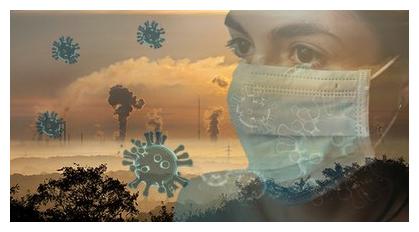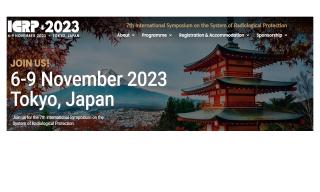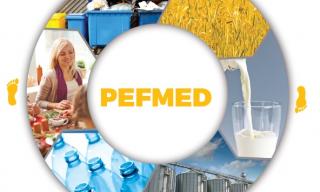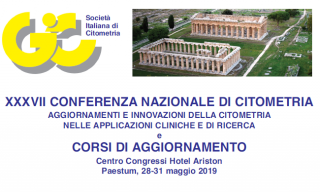COVID-19: ENEA, ISS and SNPA launch the PULVIRUS project about the relation between air pollution and COVID-19
The topic of air pollution and COVID-19 requires information, answers and indications for citizens and institutions, on the basis of scientific data, expertise and experience.
This is why the PULVIRUS research project was started, raising from the scientific alliance between ENEA,
The topic of air pollution and COVID-19 requires information, answers and indications for citizens and institutions, on the basis of scientific data, expertise and experience.
This is why the PULVIRUS research project was started, raising from the scientific alliance between ENEA,
the Italian National Institute of Health (Istituto Superiore di Sanità, ISS) and the National System for Environmental Protection (Sistema Nazionale per la Protezione Ambientale, SNPA, whose members are the National Institute for Enviromental Research, ISPRA, and the Regional Agencies for Environmental Protection), to investigate the debated link between air pollution and the spread of the pandemic, the physical-chemical-biological interactions between fine partculate matter and viruses, the effects of the "lock down" on air pollution and greenhouse gases.
It is a national initiative in connection with the national pre-operational service (currently in definition) "Air Quality - Mirror Copernicus” and in close relationship with the European Life-Prepair on the Po Valley, which aims to pooling relevant sets of data, skills and ongoing experiences of the three institutions and verifying the tools of the scientific community to support environmental and health policies.
For the study of the interaction between atmospheric particulate matter and virus, the project will use both "in silico" analysis, i.e. the reproduction of the interaction between virus and atmospheric particulate by means of computer simulation, and a biological model representative of the characteristics of SARS-CoV-2.
PULVIRUS will last one year, but in few months some significant results will be available, including the feasibility analysis of an early detection system to be activated possibly before next autumn. In addition, data, models and elaborations, reports and publications will be made available to the public and to the national scientific community through a website, constituting a solid database for future studies.
ENEA will work in the project with several Divisions and Laboratories with relevant expertise, including MET-INAT, TECS-SAM, PROTER-OEM and PVS.





